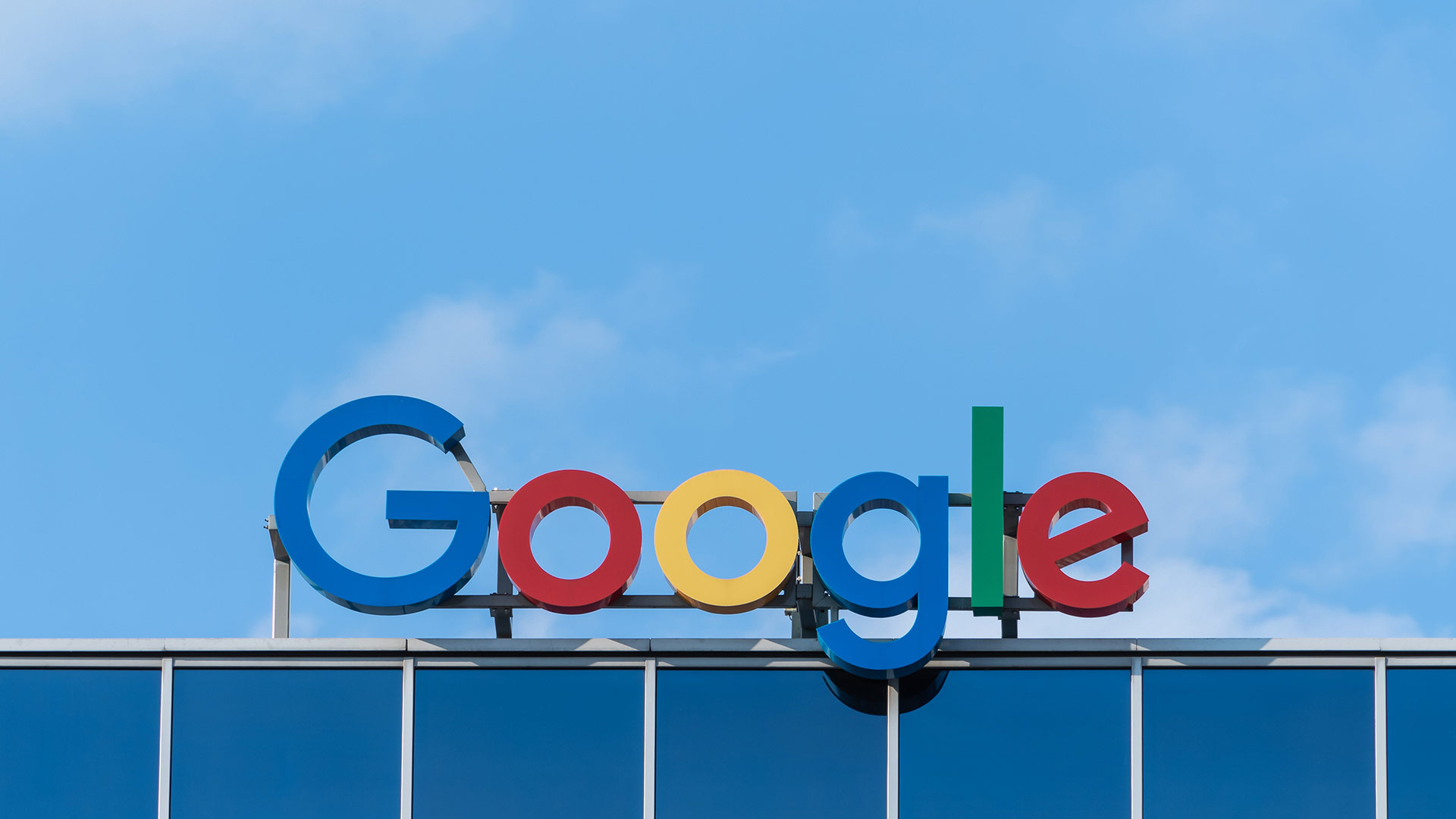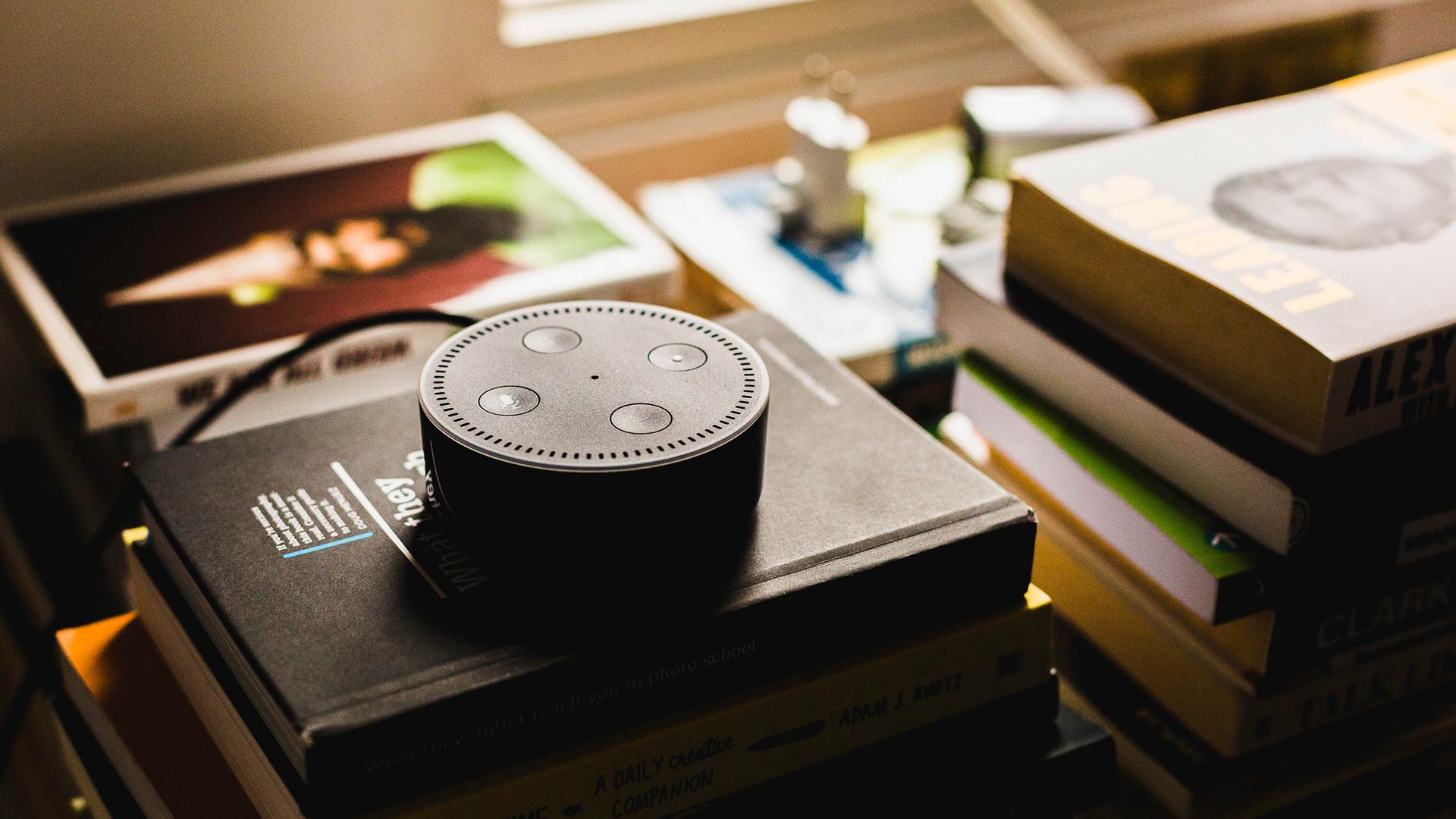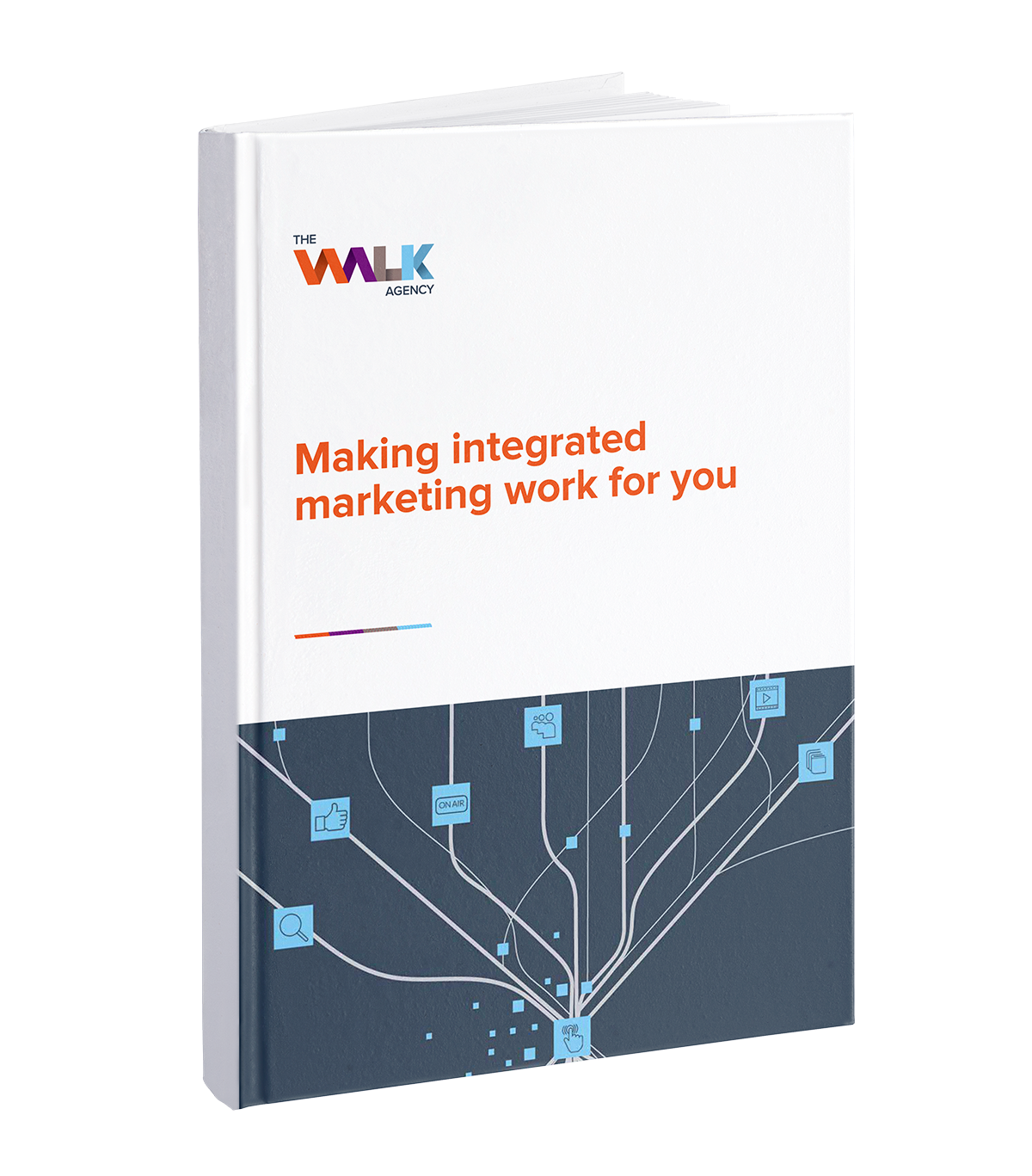What does the future of marketing hold? You don’t need a crystal ball to know that a lot will change — Artificial Intelligence (AI), smart speakers and Virtual Reality (VR) experiences are already disrupting entire industries.
New marketing channels are springing up like mushrooms after the rain. What hasn’t changed though is the core fundamental marketing practices that continue to stay the same.
Fresh marketing trends and the ones that have
stood the test of time
1. Content will be king. SEO will be queen.

One of our top marketing predictions for this year is that SEO and content marketing will walk hand in hand. However, our recommendation is not to merge these two marketing tools, but, rather, to ensure they work together within your integrated marketing strategy. We discuss the different roles that SEO and content marketing have in detail here.
This synergy is important. Search engines are optimised to deliver the most valuable and relevant content. Take Google as an example, it doesn’t simply return exact matches of your keyword. If you do a quick search for digital marketing agency Melbourne, you will get a few exact matches but you will also get related results like social media marketing companies in Melbourne. You will also get a map with the locations of the agencies and their contact details because Google knows that you’d probably want to visit their office.
Content quality and relevance will be a deciding factor in SEO rankings this year. The victorious marketers will be the ones who have a deep understanding of their target audience; the ones that have thought well ahead of time about the problems their audience is facing and will face in the future!
2. Make the experience mobile-friendly
Mobile marketing has been gathering steam in the past few years. In 2019, it will continue to be an important marketing trend because it’s extremely effective. Aumcore reports that 69% of consumers use mobile devices to research products before they buy*. According to the same report, more than half of all clicks on pay-per-click (PPC) ads come from mobile devices.
When it comes to mobile marketing, our tips is to cater for the audience’s needs and deliver the best possible experience. Anything from branded apps to geo-targeted marketing campaigns can work as long as you’re aware of the context of a mobile user—they want what they want and they want it right now.

3. Integrated marketing will become the Holy Grail of marketing
The lines between offline and online marketing are blurring — customers often research online and then buy in-store or vice versa. The solution to this challenge is to blend all of your marketing efforts into an integrated marketing campaign.
Integrated marketing is not a new concept. It has stood the test of time and it is now needed more than ever. With all the different mediums available, it doesn’t make sense for a brand to live solely on one. Your audience’s attention isn’t dedicated to a single channel or platform, so you shouldn’t be either.
Integrated marketing is not about the number of channels you use. It’s about creating a unified brand strategy and sending consistent messages with your all of your digital and traditional marketing efforts.
4. Influencers will provide a cost-effective marketing channel
Adweek predicts that influencer marketing will become a $10 billion industry by 2020^. This year, brands will allocate more budget than ever to influencer marketing because campaign results have been exceedingly effective: 49% of consumers admit they depend on the recommendations of influencers and 40% say they purchased products after seeing them on Twitter, YouTube or InstagramΩ.
Influencer marketing resembles the traditional celebrity endorsement model but it is even more powerful. This is because influencers have access to an already engaged audience. They have already built the relationship for you, saving you time and resources. Here’s a handy article on what influences are expecting when you engage with them.
To ensure your influencer marketing is successful, try to identify your audience’s needs first and then seek an influencer in the same niche, e.g. If your target customers are interested in bodybuilding supplements and gym programs, you might want to look for famous bodybuilders.
5. Instagram ads will be the hidden treasure trove
There will be no better time to tap into the power of Instagram than 2019. The platform has grown from 500 million to 1 billion active monthly users in just two years and it shows no signs of stopping. Actually, with the new app that has been launched—IGTV, Instagram’s user base is likely to expand at an even faster rate.
Are businesses capitalising on Instagram’s global reach? Surprisingly, no. Only 8% of brands use the Instagram ad platform monthly&. As a result, Instagram currently has a much smaller ad volume than Facebook. This means that Instagram users are less likely to become annoyed or ignore your messages.
So, if you find that Facebook ads are not as effective as they used to be, Instagram might be a good new avenue to explore. You can experiment with photos, videos, carousels, story ads, and more.
6. Top brands will focus on one big idea at a time

What makes a successful marketing campaign? A single powerful message broadcast across many channels.
What ruins a marketing campaign? Siloed teams creating and pushing out fragmented messaging.
Today, most companies rely on multiple agencies to execute their strategy, e.g. a digital marketing company, an advertising agency and a branding agency. While it is certainly useful to employ niche specialists, this approach can cause fragmentation and completely undermine your marketing efforts.
As a solution, big companies have started to become media agnostic—they tie all of their efforts to a single creative idea. For instance, LinkedIn ran a campaign called “In it together”. Across all media, they used the same black and white stylistic and the same marketing message.
Media agnostic marketing messages are not merely a trend. They have been here all along but, this year, they are set to help marketers finally achieve truly integrated marketing communications.
7. The attention economy is on the wane
Today’s customer is longing for experiences and messages that they can relate to. So, marketers have to do more than attract attention—they have to engage the customer in a meaningful and authentic way.
We think the Content Marketing Manager of Wistia, Jenny Mudarri, expressed this marketing prediction beautifully when she said
“What idea or thought can you spark in your viewer that will make them engage with your brand? Authenticity is more valued than ever before on an overly cluttered, often divisive web.”
It’s true. All of your marketing content should strive to stir up the audience. The brands that manage to harness the power of emotions and step into the customer’s shoes will be the leaders this year.
8. Print advertising is very much alive
Print advertising has (supposedly) been on its deathbed for a long time. However, this year, instead of its long-expected demise, we might see print advertising come back to life.
The reason?
Very few companies have included print advertising in their marketing mix. It is an underused channel which means there is less noise and a greater chance for you to stand out. In fact, there is evidence that customers respond to this type of “old-school” marketing very well.
One company, for example, gathered the physical addresses of potential clients and started sending them print newsletters. Lo and behold! Their marketing campaign was a smashing success.
9. Voice search usage will soar

In 2019, voice search is one of the online marketing trends that stands out with its high potential. Comscore predicts that, by 2020, 50% of all searches will be voice searches#. Considering that 1 in 5 adults already uses voice search at least once a month†, the best time to start thinking about voice search engine optimisation might be right now—before this channel becomes overcrowded.
To prepare content for the influx of voice searches, you simply need to focus on answering the questions your ideal customer has. If you’re wondering what these questions might be, check out our free content marketing guide.
10. Online video will finally take over TV
Last but not least in our list of marketing predictions is the domination of online video. According to Google, 6 out of 10 people prefer online video to live TV and 2019 will be the year when, for the first time, people will spend more time online than in front TV screensβ.
This transition took quite a long time to happen because of one key quality of television: It doesn’t make you think. You press “On” and watch whatever is offered to you right now. The only reason why Facebook and YouTube haven’t been able to dethrone the TV set until now was that their platforms expected the user to make choices. Now that we have uninterrupted playback and smart video suggestions, the inevitable shift is finally about to happen.
The savvy marketer or marketing agency would be wise to think of this digital media trend in terms of “If you want to know the future, look at the past.” When planning your video content strategy for 2019, consider the lessons we have learned from the TV industry: people enjoy watching series; they enjoy uninterrupted playback of videos tailored to their interests.
How can you use this knowledge to produce addictive pieces of video content marketing?
Some of the top marketing trends might not live up to the hype. What will remain constant, however, is the tendency of consumers to become more and more media- and design-savvy. The most successful companies will be the ones that maintain consistent branding, design authentic customer experiences and run integrated marketing campaigns.
As an integrated marketing agency, The Walk can help you be among the first to achieve all of this. Contact us to find out more.
* Source – http://www.aumcore.com/blog/2017/10/06/mobile-marketing-statistics-for-2018/
^ Source – https://www.adweek.com/digital/giordano-contestabile-activate-by-bloglovin-guest-post-influencer-marketing-in-2018/
Ω Source – https://digitalmarketinginstitute.com/blog/20-influencer-marketing-statistics-that-will-surprise-you
& Source – https://blog.hootsuite.com/instagram-statistics/
# Source – https://www.campaignlive.co.uk/article/just-say-it-future-search-voice-personal-digital-assistants/1392459
† Source – https://www.motocms.com/blog/en/voice-search-statistics/
β Source – https://www.thinkwithgoogle.com/infographics/video-trends-where-audience-watching.html




